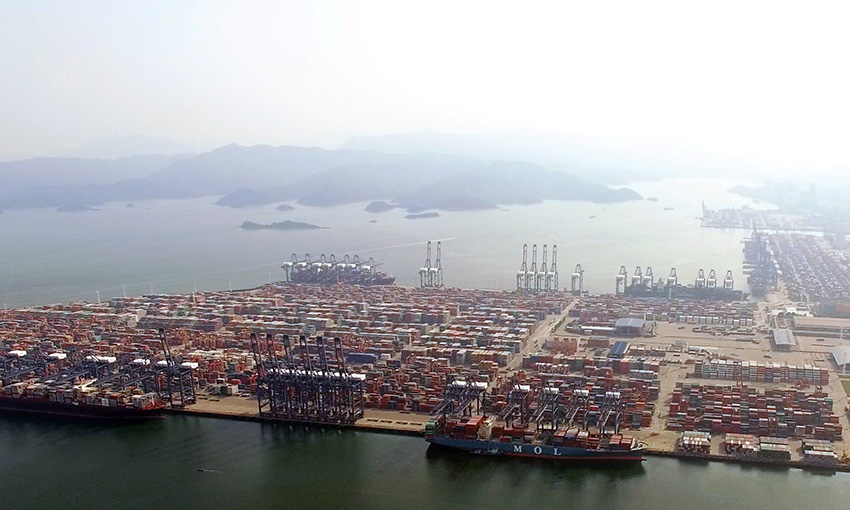THE Port of Yantian is the latest chokepoint in an ocean shipping network that has been seeing issues with congestion for the past year.
The problem stems from restrictions the government has imposed after an outbreak of COVID-19 began in the area.
Yantian International Container Terminal is a busy terminal, handling around 13 million TEU per year. The wider Shenzhen Port handles around 25.8 million TEU per year.
Maersk said it expects vessel delays of more than 15 days at Yantian due to further COVID-19 measures being introduced and increased congestion.
“The situation continues to deteriorate as more positive COVID cases have been confirmed in Shenzhen, where Yantian port and Shekou port are located, and in Guangzhou, where Nansha port is located,” Maersk said in a statement.
The company said all operations in the western area of Yantian have been suspended and origin export containers have been detained there until further notice. Maersk said several vessels would be omitting the port of Yantian and Shekou.
Ocean Network Express also said the container logistics situation is deteriorating in ports across the entire area.
Due to the disruption in Shenzhen, we regret to inform you that several vessels will be omitting their usual calls at the terminals of Yantian or Shekou to minimise schedule disruption,” the company said in a recent announcement.
“The COVID-19 related inspection and preventive measures have been tightening by local authorities in not only Shenzhen area (where Yantian, Shekou, Chiwan ports [are] located), but also Guangzhou area (where Nansha port [is] located) recently.”
ONE went on to say that Yantian International Container Terminal has been kept working at low productivity due to the continued COVID related work restrictions along with high yard density; other terminals including Sheku Container Terminal and Chiwan Container Terminal are also operating at surged traffic with yard density well over 90%.
ONE also said road congestion in and around the port areas is occurring, with extended waiting time for both empty and laden container movements around the gates.
Meanwhile, Hapag-Lloyd is also omitting port calls on some of its trans-Pacific services in what it says is an effort to “minimise vessel idle time and port congestion”.

